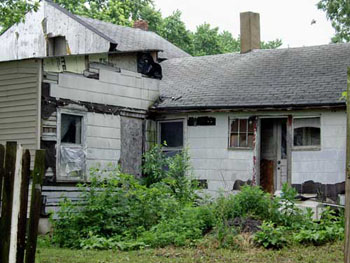
A bad house is when the seller of a house fails to inform the buyer of a structural defect before the purchase. It’s difficult to prove if the seller did know about the defect after you bought the house, but you can avoid buying a bad house in the first place.
Although all sellers are legally required to inform you about the house’s defects, remember that not all home seller disclosures are accurate. To find out if there really are any structural problems the seller failed to inform you, you can ask the neighbors because they might know more about the house than anyone else besides the previous owners.
To make sure that you really didn’t miss out on any defects, hire your own professional house inspector who can look through the house before you make any purchases. Be careful of any inspectors recommended by the real estate agent because they probably won’t direct you to an inspector who will be as thorough as you want.
Finally, don’t be afraid to ask the seller about whatever special concerns you might have about the house. As a buyer, it’s your responsibility to make sure you know everything about the house before agreeing to purchase the property. Make sure that your offer is based on the recommendations of your professional house inspector.






